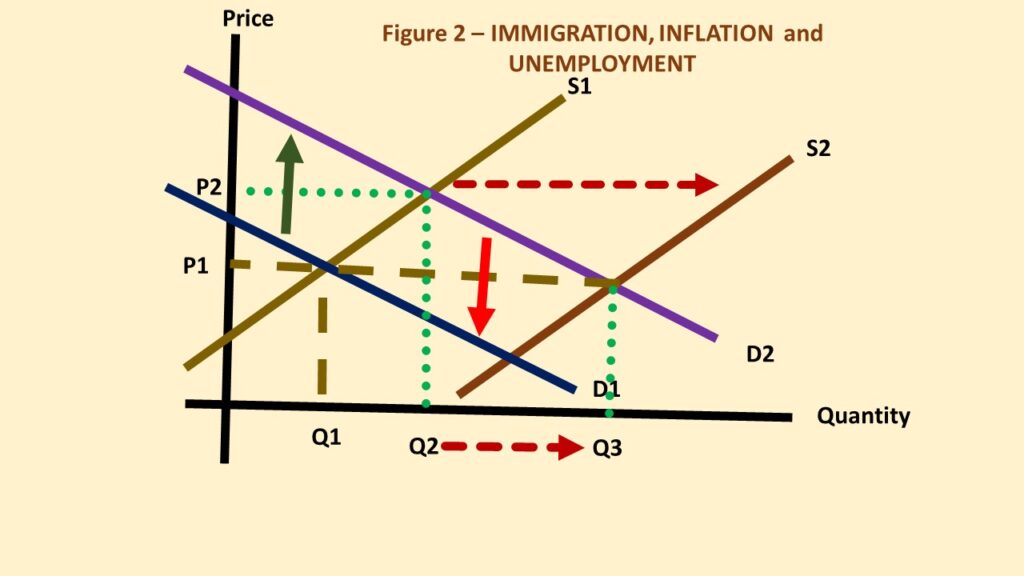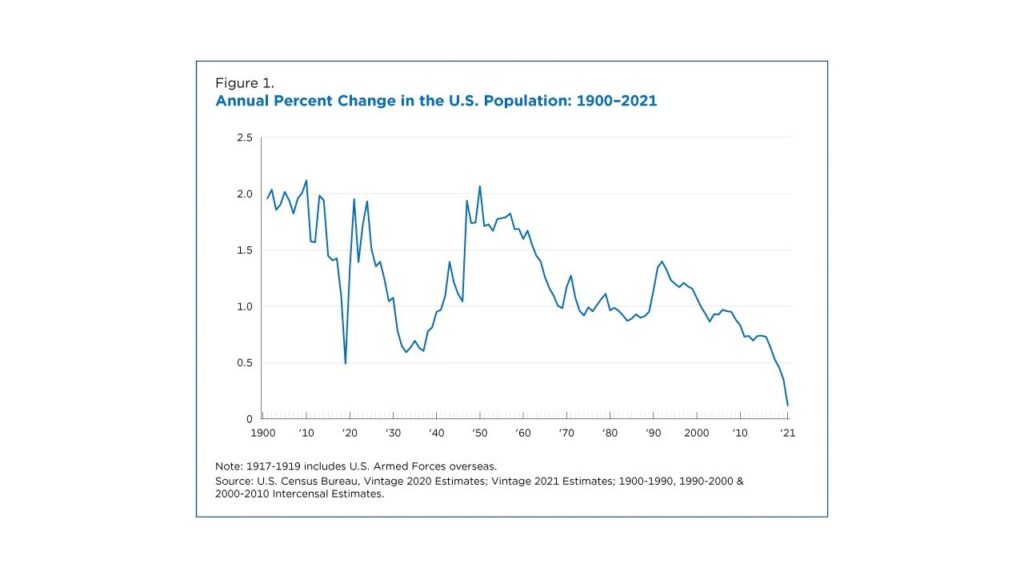The IRI or EA (Education Analytics) is a great approach to study all aspects of Colleges’ operations–not just teaching or learning outcomes, but also institutional financial aspects. Never been shared before, how financial strengths can be measured by IRI/EA, but in this site. Exactly ten yeas ago (March 23, 2013), the Association has completed and shared these studies to test the US higher education institutions’ financial strengths which is equivalent to the required stress tests on the Banking industry after 2018 financial crisis hit the country. To accomplish such research tasks, AAEA first pulled the college financial information along with other data found at NCES database that covered 2008 through 2010. The data set consist of 16729 observations and 63 variables or fields–which after cleaning generate the following results (please click here to access the results). This example, one again demonstrates why higher education institutions in the US is better-off to have someone who is well rounded and capable to carry out the analyses. An expert that has various business and economic knowledge along with solid statistical analyses and econometric modeling experience will help the institutions to study their historical internal data which can be utilized in making strategic decisions. Data visualization is helpful, but no longer enough in today’s world marked with hyper-competition to attract the best brains in the world (not just in the US), as well as donation dollars.



